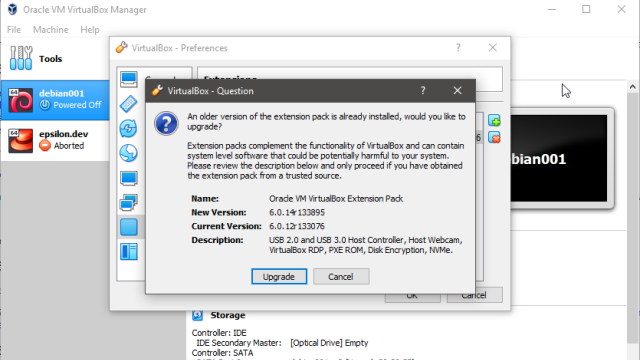

Once you hit OK (twice) the rules should take effect immediately. In the Port Forwarding rules add the Host Port and Guest Port (22) in order to make access to the VirtualBox from your Putty client possible. NAT is default and is probably fine for many users. Choose Settings… (There are a few other ways to get to the Settings menu as well all fine.) Right click the virtual box instance and you will get a context menu. How you do this depends on your network config, but for many users on Win7 the following will work. Before you do so, however, you will probably need to open a port. You can double click the machine to run it. The VBox will be added to the Manager list. Import the Virtual Hard drive file by clicking the icon next to the drop down menu and navigating to the uncompressed. We have been running with about 6GB of RAM. A window appears titled Create Virtual Machine.Ĭhoose Type Linux and Version Ubuntu (64bit). Remember that you may not be able to decompress without a special decompression application like 7-Zip or WinZip (we actually use PeaZip.)įrom the Oracle VM VirtualBox Manager Screen press the “New” button. We assume that you have downloaded and uncompressed the VirtualBox image from the tranSMART site. We used Oracle’s VirtualBox host software as well as Putty (a venerable text-based SSH client.) You can use default Windows installs of each in order to complete this walkthrough. The workstation has a fairly large hard drive and 12 GB of RAM.


This is how we got the tranSMART VirtualBox running on a Windows 7 Pro workstation.


 0 kommentar(er)
0 kommentar(er)
